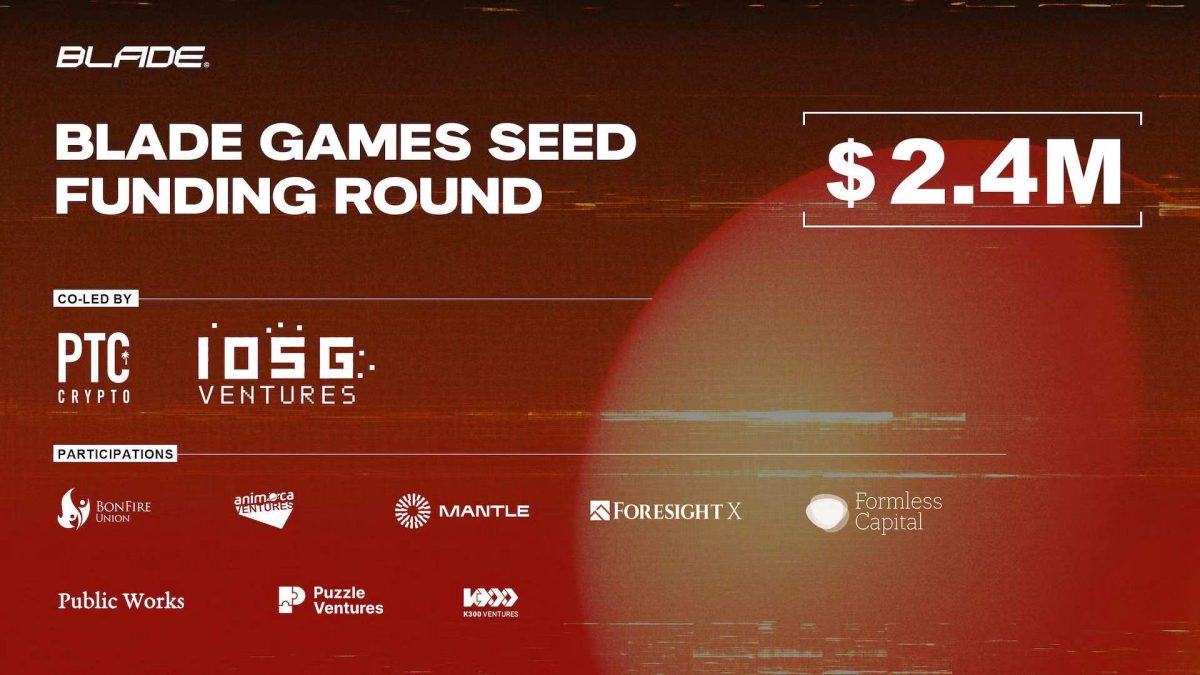What is the blockchain trilemma?


Blockchain technology has revolutionized the way we conduct transactions and store data. However, it's famous for a significant challenge known as the blockchain trilemma.
The blockchain trilemma, as coined by Ethereum  ETH
-2.53%
co-founder Vitalik Buterin, refers to the trade-off between three critical aspects of blockchain technology: security, scalability and decentralization.
ETH
-2.53%
co-founder Vitalik Buterin, refers to the trade-off between three critical aspects of blockchain technology: security, scalability and decentralization.
Security refers to the robust defenses that blockchain networks must have in place to prevent malicious entities from taking over. The second pillar, scalability, demands that blockchains accommodate a large number of transactions and users without increasing fees or transaction times substantially. The final aspect, decentralization is an essential characteristic of blockchain technology, where control over the network is equally distributed among all participants instead of being concentrated in a single entity.
These three aspects are intertwined in such a way that enhancing one often results in the diminishing of another. This poses a significant predicament for developers who must often sacrifice one aspect to improve the other two.
Despite some optimism, however, the consensus in the industry remains divided, and some believe that achieving all three aspects simultaneously is a very tricky task, at least for the near-future.
Security: the first cornerstone of the blockchain trilemma
Focusing on the first cornerstone of the blockchain trilemma, security is of paramount importance in the realm of blockchain technology. A blockchain network must be designed with robust defenses to thwart any attempts by malicious entities to seize control. This is a complex issue, especially considering that blockchains are decentralized by nature, with no central authority to oversee and protect the system.
To ensure security, the Bitcoin  BTC
-4.54%
blockchain, for example, uses a combination of cryptography and a consensus mechanism called proof of work. Through this mechanism, each block of data is interconnected in a tamper-resistant manner, and any alterations to the data would be quickly spotted by the network. Furthermore, the more participants or nodes in the network, the more secure the system. This is because a greater number of participants makes it harder for a single entity to gain control of the system, preventing potential attacks such as the infamous 51% attack.
BTC
-4.54%
blockchain, for example, uses a combination of cryptography and a consensus mechanism called proof of work. Through this mechanism, each block of data is interconnected in a tamper-resistant manner, and any alterations to the data would be quickly spotted by the network. Furthermore, the more participants or nodes in the network, the more secure the system. This is because a greater number of participants makes it harder for a single entity to gain control of the system, preventing potential attacks such as the infamous 51% attack.
Despite the importance of security, it is also crucial to remember that it is intertwined with the other two aspects of the trilemma, decentralization and scalability, and enhancing security could potentially compromise these other aspects.
Scalability: the second cornerstone of the blockchain trilemma
Moving on to the second cornerstone of the blockchain trilemma, scalability is an equally critical aspect to consider in the development of blockchain networks. Scalability refers to the ability of a blockchain to handle an increasing volume of transactions and users without compromising on transaction speed or fees.
Given the global aspirations of many blockchain projects, their networks must be built to handle potentially billions of users. However, achieving high scalability is a challenge, especially when trying to maintain the other two pillars of the trilemma, decentralization and security
In the quest to enhance decentralization and security, scalability often becomes a difficult hurdle. For instance, the Bitcoin network can only process around seven transactions per second, a number that pales in comparison to centralized payment systems like Visa, which can handle 24,000 transactions per second. This stark contrast is due to the inherent design of blockchain networks, where information needs to be processed by multiple participants, and consensus mechanisms like proof-of-work, which are secure but slow.
Numerous solutions are being explored to address this issue, such as sharding, different consensus mechanisms, and Layer 2 solutions.
Decentralization: the third cornerstone of the blockchain trilemma
Decentralization is a defining characteristic of blockchain technology that sets it apart from traditional centralized systems. In a decentralized blockchain network, control is evenly distributed among all participants, eliminating the need for a central authority. This distribution of control not only enhances the transparency and fairness of the network but also makes it resistant to censorship and external manipulation.
Achieving decentralization is not without its challenges. For instance, as the number of participants in the network increases, reaching a consensus can become more time-consuming, potentially impacting the network's scalability.
Furthermore, a highly decentralized network could become less secure if it becomes easier for malicious entities to join the network and launch attacks.
Disclaimer: This article was produced with the assistance of OpenAI’s ChatGPT 3.5/4 and reviewed and edited by our editorial team.
© 2023 The Block. All Rights Reserved. This article is provided for informational purposes only. It is not offered or intended to be used as legal, tax, investment, financial, or other advice.



